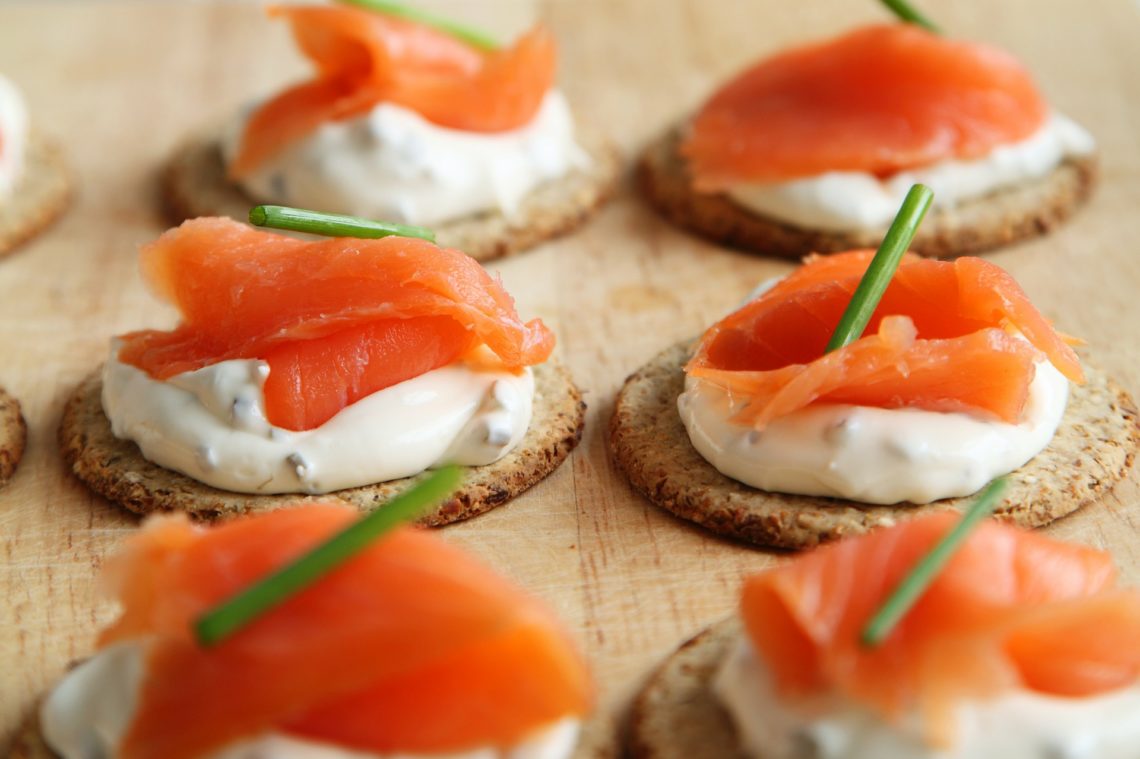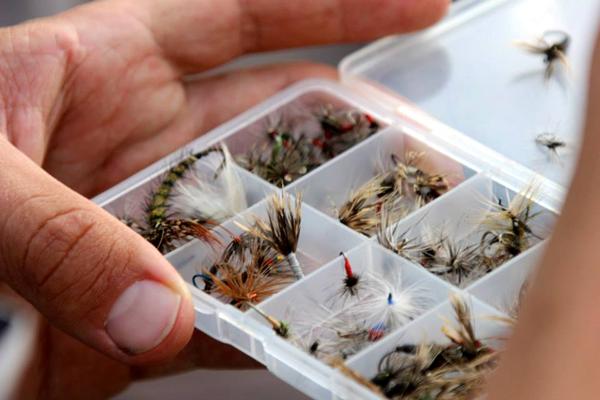By Abigail Slater
Pilot bread, for many Alaskans, is invisible.
By this I mean that it is no more noticeable in our pantries than are the sugar, the canned beans, or the dry milk. This invisibility only exists within the state; outside, many won’t know what pilot bread even is. They might view it as a culinary novelty, even (typically an unpleasant one).
But pilot bread goes back – way back. Much further than most Alaskans might realize. To understand the modern day pilot bread, we must first look at its forefather: hard tack.
Hard tack (sometimes spelled hardtack) has a long history that goes back all the way to Ancient China, Egypt, and Rome. In the Roman Army, it was called “bucellatum.” Along with preserved bacon and wine, the diet was designed to last long journeys while keeping soldiers well-fed. However, it was not necessarily meant to be enjoyed.
“Avidius Cassius forbade the soldiers to carry anything laridum (bacon), bucellatum (biscuits), and acetum (sour wine) on campaign, and if he discovered any fancy foods, he inflicted severe punishments” reads Carol Devy’s article “Food And The Roman Army.” However, Devy states that the biscuits were a part of Roman diet even during times of peace.
Although this was the early days of hard tack’s presence in the diet of soldiers, it certainly did not end there. Throughout history, these tough biscuits popped up again and again. “The Royal Navy was among the first to mass-produce hardtack. Production began as early as the 1660s. English tars were issued up to a pound of biscuit a day, along with their generous one-gallon beer ration. Made using salt, water and wheat flour (which is rich in protein, vitamins and calories), hardtack could provide modest nutrition for a crew at sea or an army in the field for weeks, even months.” These were sometimes referred to as “sea biscuits” (Military History Now).
During the Civil War, hard tack acted as a kind of original MRE, and was often dipped in coffee or water before being eaten. At this time, the shelf life of these dehydrated biscuits were enough to span more than one war. “In fact, some troops in the Civil War were given hardtack from the Mexican-American War 15 years before” (Minnesota Historical Society).
Unlike the Romans, hard tack never made its way into the American diet outside of wartime. In the book From Hardtack to Homefries, An Uncommon History of American Cooks and Meals, Barbara Haber discusses the attitude many American soldiers had toward hard tack. “But regardless of preparation, so notoriously hard was the cracker that it was the constant subject of derisive songs and jokes, like the one about the Kansas soldier who found something soft in his hardtack – a ten-penny nail.”
Pilot bread made its way to Alaska in the mid-1880’s, during the heyday of sailing ships at Alaska’s ports. The elements of the bread that made it so great for long military excursions are the same elements that made it so popular in Alaska, as well – being hardy, unaffected by the dry winters, and shelf-stable, anyone could round out their diet with it.
Currently, the ever-popular brand of Sailor Boy Pilot Bread is mostly consumed in the state of Alaska. It is not, however, manufactured within Alaska or anywhere near it – Interbake Foods LLC (originally named Southern Biscuit Works) is based out of Richmond, Virginia. (Note that Sailor Boy is also manufactured by Maplehurst Bakeries US Grocery, also a US facility under the same parent company as Interbake Foods). While still known as Southern Biscuit Works, the company rolled out Sailor Boy Pilot Bread in October of 1919.
Geographically closer but politically further away is Interbake Foods LLC’s parent company. George Weston Limited, a Canadian company that specializes in pharmaceuticals, real estate, and food, heads Interbake Foods. While it has been in operation since 1882, George Weston Limited has only owned Interbake Foods since 1946.
The organization states that “Weston Foods serves large national customers in two divisions, foodservice and retail, making: bread, rolls, cupcakes, donuts, biscuits, cakes, pies, cones and wafers, artisan baked goods and more. Some of its brands include Wonder, Ace Bakery, Country Harvest, All but Gluten and D’Italiano.”
Sailor Boy is neither pictured nor mentioned in this section of the website, but this is not unusual. With such a niche Northern audience, the shelf-stable cracker once used as military grub is unlikely to attract excitement or attention from the continental US. Even Sailor Boy’s designated Facebook page has not been updated since 2016, at which time some of Weston Foods’ US facilities were in the middle of a major move to Lebanon, Tennessee. Posting never resumed, and if one were to guess why, it would likely boil down to the truth that those who are going to eat pilot bread are already eating pilot bread, potentially making marketing a moot point.
Today, 98% of Sailor Boy Pilot Bread product can be found on Alaskan shelves, waiting to be removed and loaded with salmon, peanut butter and jelly, moose meat, and cheese. Although, hopefully, not all at once.




